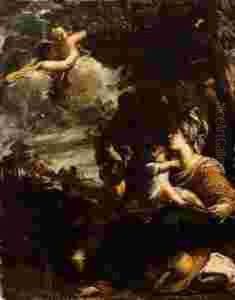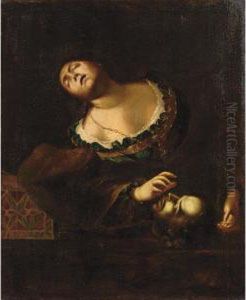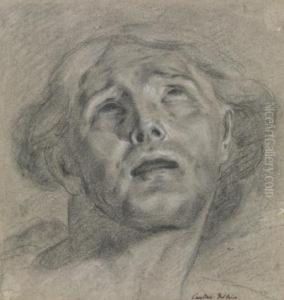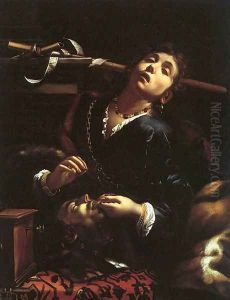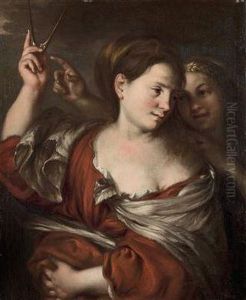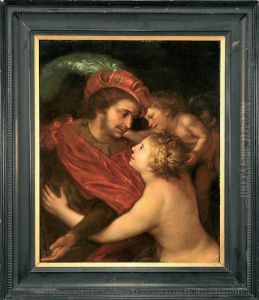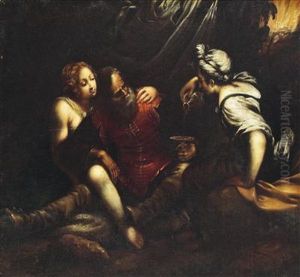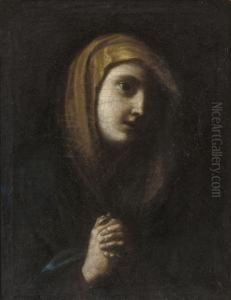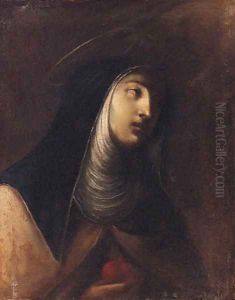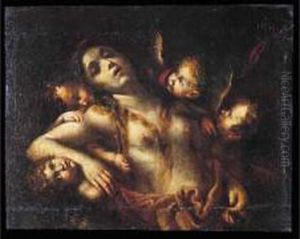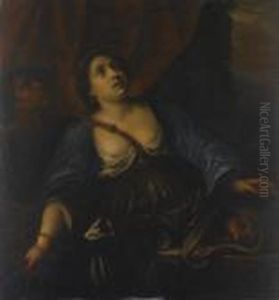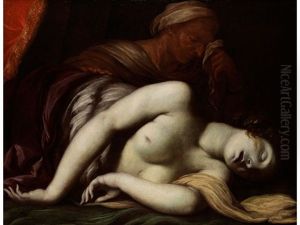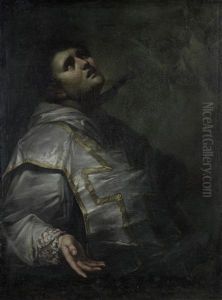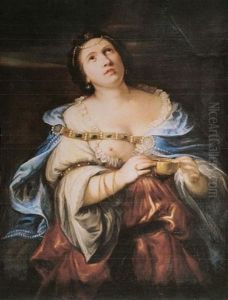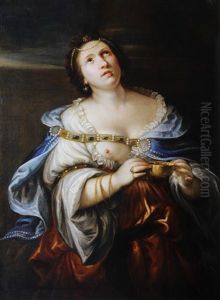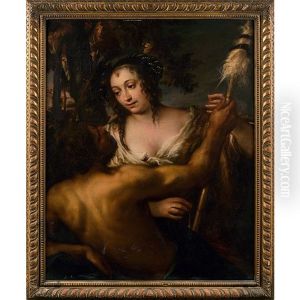Francesco del Cairo Paintings
Francesco del Cairo was an Italian Baroque painter who was active in Milan and Turin during the 17th century. Born in Milan in 1607, Cairo initially trained under the painter Filippo Abbiati. His work was significantly influenced by the dramatic chiaroscuro style of Caravaggio, which was prevalent during that period. Cairo's oeuvre is characterized by a strong use of light and shadow, creating intense emotional expressions and dynamic compositions in his paintings.
Cairo served as a court painter to Carlo Emanuele I, Duke of Savoy, in Turin. This position allowed him to gain prominence and receive numerous commissions. His paintings often depicted religious and mythological subjects, infused with a sense of drama and psychological depth. Cairo's work also included portraits, which are noted for their realism and the complex depiction of the subjects' character.
Despite his success, Francesco del Cairo's life was not without challenges. Historical records suggest that he had a turbulent personality, which sometimes led to conflicts with his patrons and other artists. After his time in Turin, Cairo returned to Milan, where he continued to work until his death in 1665.
Cairo's legacy in art history is marked by his contribution to the Baroque style, particularly in Northern Italy. Although he was not as widely recognized as some of his contemporaries during his lifetime, modern art historians have come to appreciate his skill in handling light and shadow, as well as the emotional intensity of his work. Today, Cairo's paintings can be found in several major museums, where they continue to be studied and admired for their artistic value and emotional impact.

